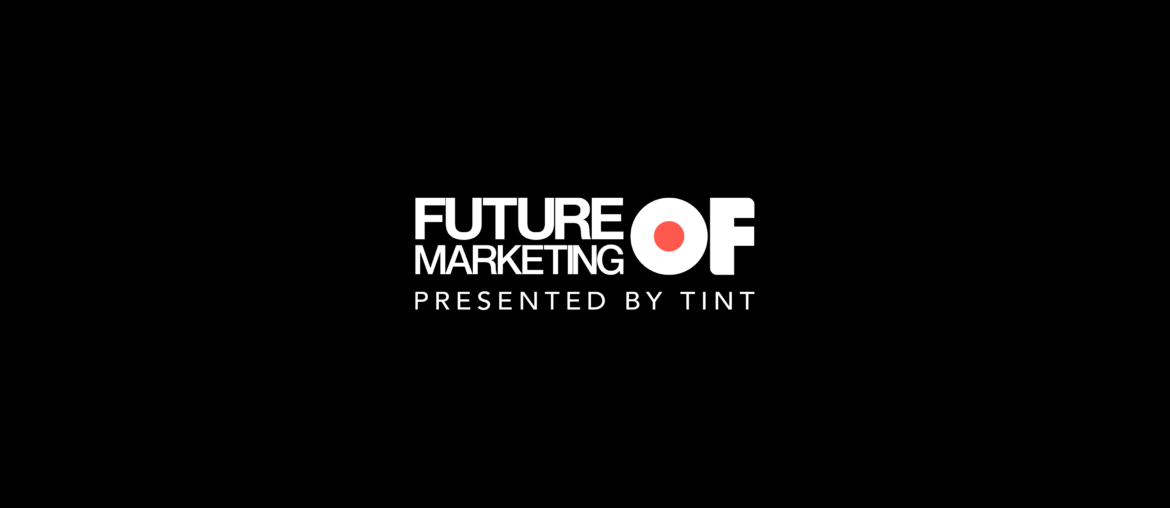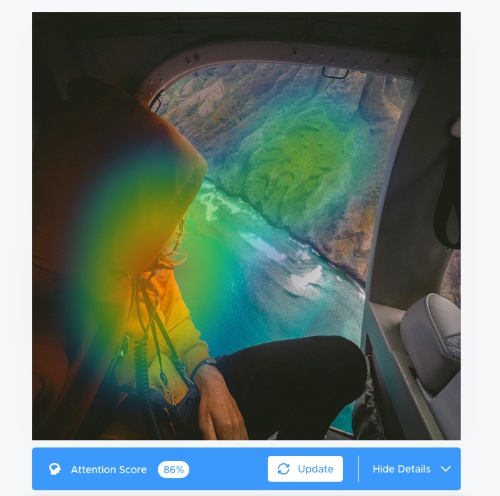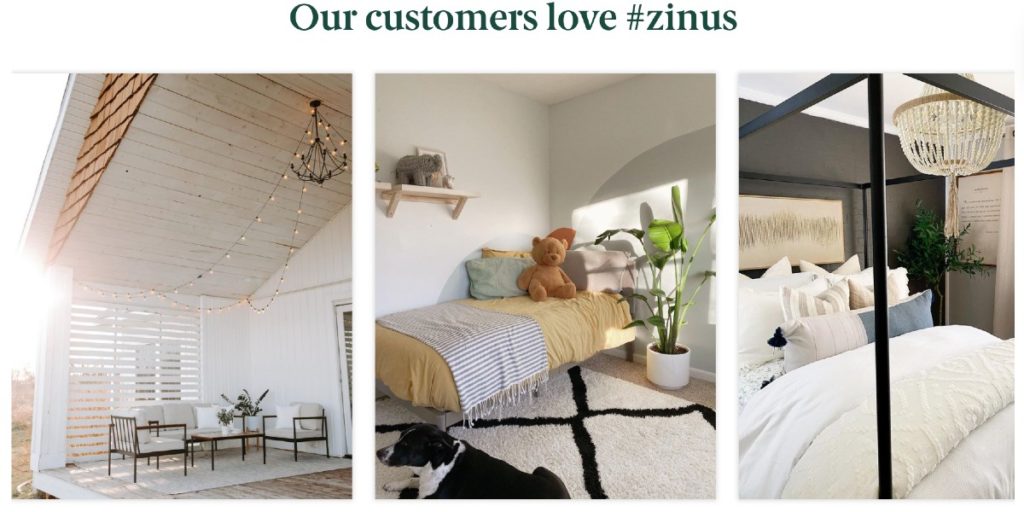This content originally appeared on September 2, 2021 as part of the Future of Marketing weekly email series. Subscribe here.
Welcome to Future of Marketing.
Each week, we send you the most relevant trends, resources, and strategies in social and user-generated content (UGC) from leading marketers and brands around the globe.
Today, we’re discussing…
- The four types of attention
- How to create brand advocacy ft. Shriya Dayal, Social Media Professional
- #BrandCrush: Zinus 💘
The four types of attention
It only takes one second for people to respond to an ad on their social feed.
When you advertise online, you’re reaching your audience during a time of high cognitive load, where we’re constantly sorting through a plethora of content, copy, colors, and graphics. As social media continues to evolve, it’s become even more challenging to stand out from the noise and capture people’s attention – but there’s hope (and science) to help.
There are four types of attention:
- Bottom-Up Attention: An automatic response driven by what you’re looking at (like a bright green ‘Buy Now’ button on a page or image).
- Top-Down Attention: Uses your background knowledge to influence perception. For example, a handwritten letter gets a few drops of water, but you can use the context of the sentences in which the smudges appear to understand the overall message.
- Emotional Attention: With emotional attention, our brains tell us to pay attention to sudden events, novelty, unpredictability, preference, or beauty.
- Cognitive Attention: Cognitive attention is more complex and looks at familiarity, comprehension, text, and cognitive load.
TIP: Ads highlighting user-generated content claim attention and can receive 4 times higher click-through rates than branded content. With permission, UGC (and employee-generated content) can be repurposed into marketing materials to captivate – and convert – your audience into customers.
Want to know what content gets attention and how people will perceive it before you publish? TINT unveiled Attention Score to give you an in-depth analysis of your visual content to optimize for higher clicks and conversions. Learn more about it here.
Creating brand advocacy
Creating brand advocacy is easier said than done, so we asked Shriya Dayal, Social Media Professional with experience working at big brands, what it takes to turn customers into advocates. This was her response:
“People like to see people that look like them and think like them on their feeds…
It’s about understanding your customer first and finding people who can be your spokespeople, your ambassadors, and really having a value proposition that they can bring to the table – and a testimonial they can share with other people. Pinpoint who those people are… maybe internally first – like testing the waters with advocacy programs internally with employees.”
Creating brand advocacy involves more than having just your customers talk about your brand. Sometimes, it’s easier to start with those even closest to you (like your team).
For example, Spotify has a separate Instagram page called @LifeAtSpotify, where they share job openings and insightful interviews with employees. Chipotle shares employee-generated content across social media, too, but they also have a careers page pulling content from #PeopleOfChipotle, which is a great way to showcase their culture, recruit new talent, and get the team to share more content.
TIP: Brand messages are re-shared up to 24 times more when distributed by employees versus the brand. Interview your customers and team, turn them into ambassadors, ask what they like about your product(s) or what it’s like to work at your company – and encourage them to submit content to a specific (and relevant) hashtag.
Speaking of brand advocacy, TINT and Hootsuite are going live at 1pm CDT on September 8th to discuss how brands can drive brand awareness and create a more engaged workforce with employee-generated content. Sign up here.
What we’re learning
- Strategically Advertising in the Attention Economy: The 4 Types of Attention
- How to Create Brand Advocacy ft. Shriya Dayal, Social Media Professional
- WEBINAR: How to turn employees into a megaphone for your brand ft. TINT and Hootsuite
- How Mars Measures the Emotional Impact of Video Ads Using AI Tech
- TikTok Shares New Insights into Usage Trends, and its Impact on Audience Behaviors
#BrandCrush: Zinus 💘
Each week in #BrandCrush, we highlight exceptional brands that are channeling their customers’ voice to connect more authentically with their audience.
Zinus is pulling user-generated content from #Zinus and repurposing it on their website’s homepage as a gallery of visual testimonials. Through this hashtag, customers are re-sharing their home decor featuring Zinus products, where you can click and seamlessly buy the item(s) they’re highlighting!
Considering seventy percent (70%) of consumers evaluate UGC reviews or ratings before buying a product, Zinus is removing friction from the user experience (and increasing conversions) by making their UGC shoppable – a trend you’ll see more of in the near future.



